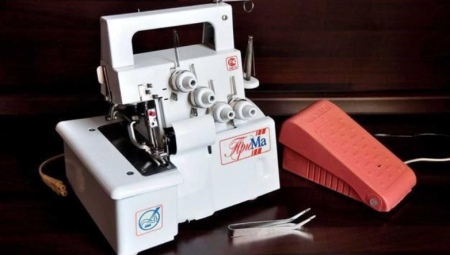The idea that everything new is well forgotten old often applies to sewing equipment. Spent designs are well known to consumers. A striking example of such devices are overlocks "Prima".
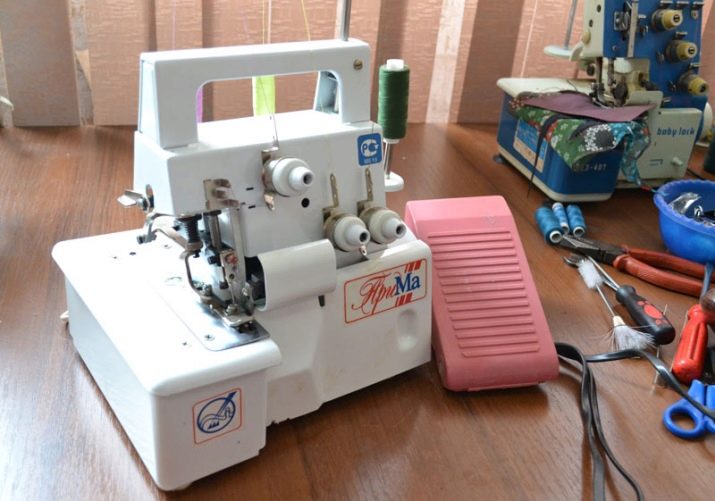
Kinds
You can find the mention of quite different models of Prima overlocks. But all of them were already discontinued in the 1990s, and any relevant information about them was not preserved. Almost no official technical documentation. There are only a few deaf mentions that the overlocks of Prima belong to the 3-thread or 4-thread variety.
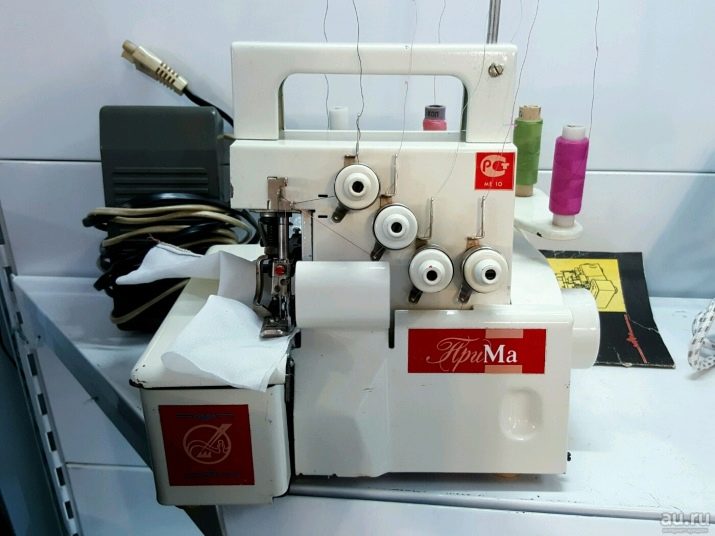
Overlock "Prima" 3-thread It is very cheap and allows you to perform a simple overcast fabric. On this technique, even flatlock seams of various widths can be made. You can also prepare a border and form a role seam of three fibers. Despite the limited functionality, 3-thread overlocks almost completely cover the needs of most ordinary users.
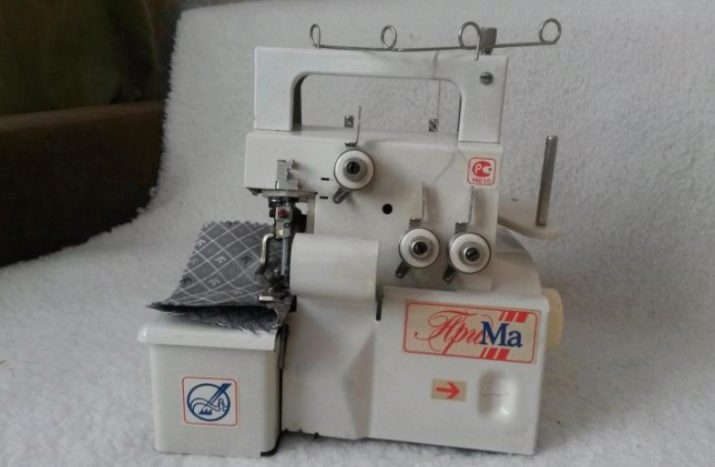
The semi-professional class includes a 4-thread machine.
Thanks to the second upper needle, you can finish a variety of products and work with elastic materials. Special processing will also strengthen the places where an increased load is created.
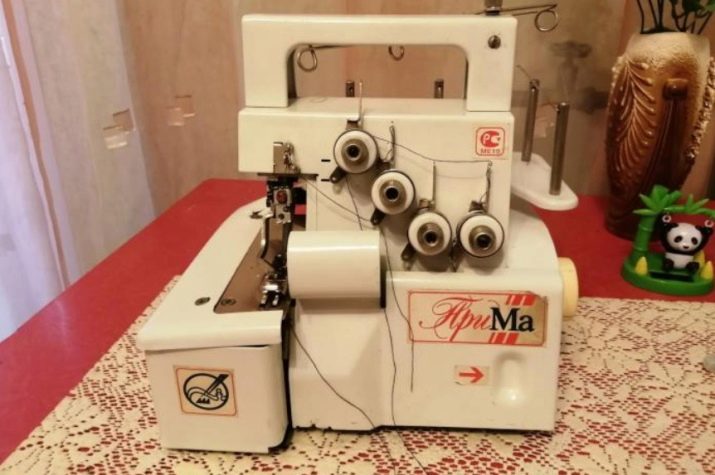
Using four-thread overlocks:
- overalls;
- covers;
- bathing suits;
- bags and sacks;
- tents;
- all kinds of theatrical and sports costumes.
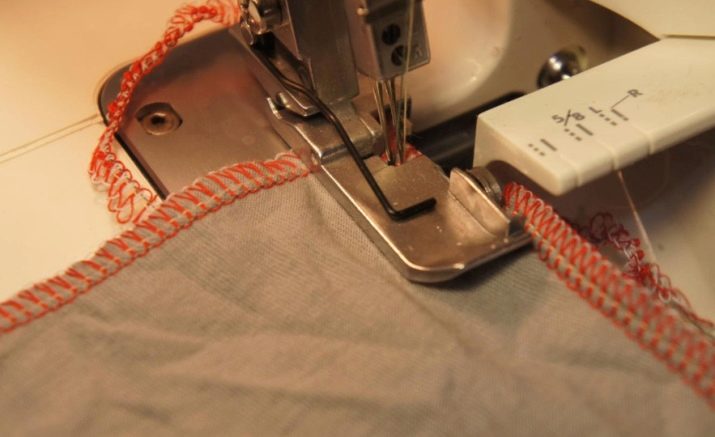
The photo shows the Prima household overlock, which is a close analogue of the industrial 51 class overlock. Reiki "Prima" is not designed to handle knitted stretch fabrics. And the setting does not allow to solve this problem.
However, judging by the available reviews, overcasting should not cause any noticeable problems.
The overcasting of other tissues is also carried out without any significant difficulties. If users got this old technique, they may try to use it, but there are a number of things to consider.
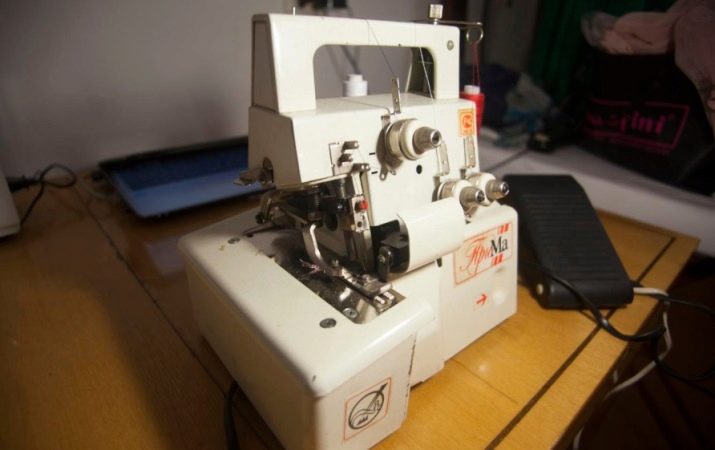
Operation and Problem Solving
First of all, it is worth mastering the work with the needle unit (pictured). The thread must be brought under the plate. If the overlock starts skipping stitches, then the needles are not properly fixed. Or broken threading scheme. Their pulling force is adjusted after loosening the screw with the spring.
Important: when the necessary adjustment is made, the screw is fixed again.
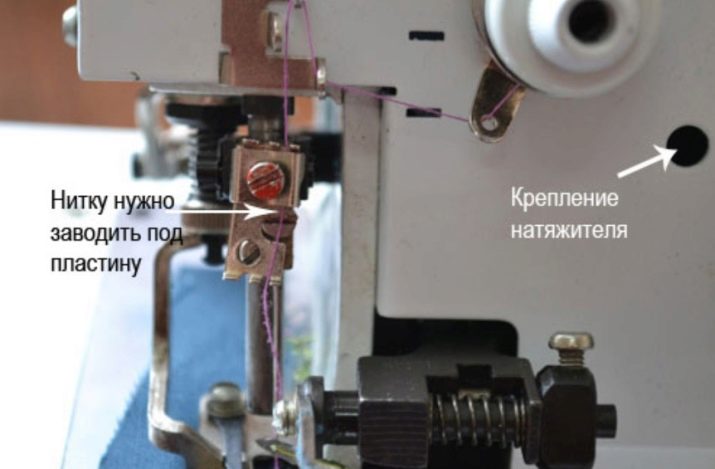
On three-strand models, it is necessary to insert the thread into the right mount. Sometimes you cannot insert the needle into the needle bar completely. Worst of all, you cannot visually detect such a problem. It manifests itself only by skipping stitches or the absence of overcast seams. In this case, it is necessary to use a pair of pliers to push the needle upward as far as it will go, avoiding to move the groove to the side.
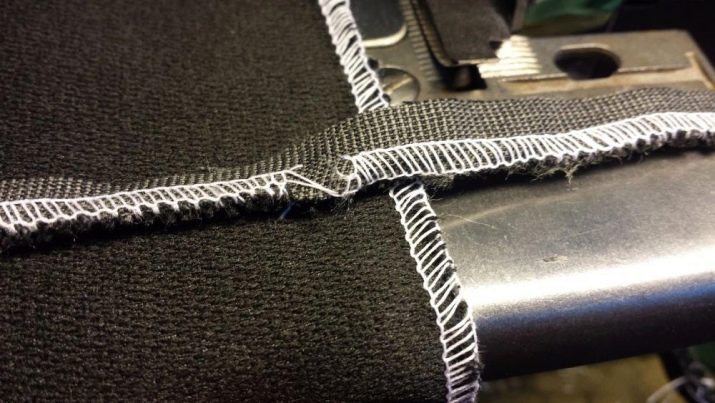
Difficulties with threading can also occur due to problems with raising the creel. A special screw on the handle helps to lift it. It is only weakened so that the creel puller can be pulled up. When this is done, the screw is tightened back. When threading the needle threader, you need to wind them into all the fasteners set along the path of movement.

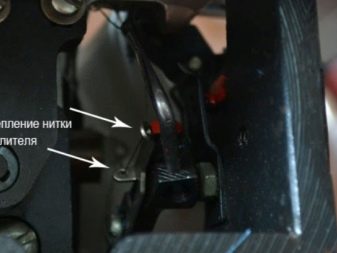
Periodically, the knives on the Prima overlock are blunted and will have to be changed. To do this, the knife is pushed to the right and raised up. Replacement can even be done with your own hands. But sometimes it’s advisable to turn to professionals. The cutting surface of the lower knife is placed slightly below the needle plate. In this case, the blade of the upper knife should fall by 1-1.5 mm beyond the edge of the lower cutter; it is possible to select a suitable installation more precisely only empirically.
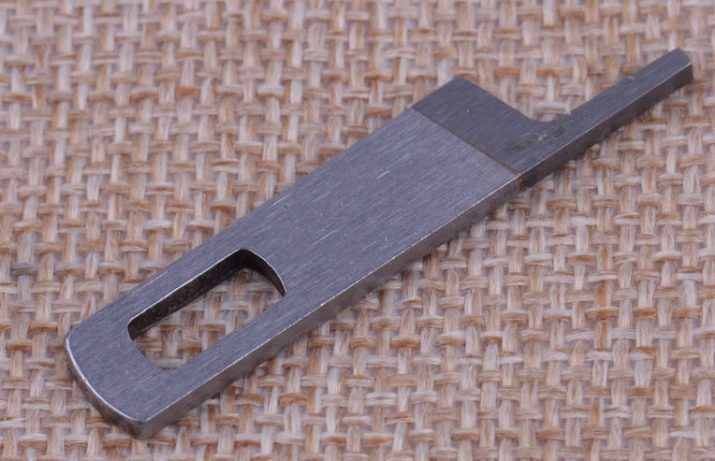
When the Prima overlock starts buzzing or squealing, it is almost always associated with loosening the electric motor belt. Most often they try to adjust it by loosening the mount and shifting the motor. Another option is to loosen the bracket on the overlock body. Next, the drive and its bracket are lowered.
Important: if the belt has been working for over 20 years, it must be replaced.
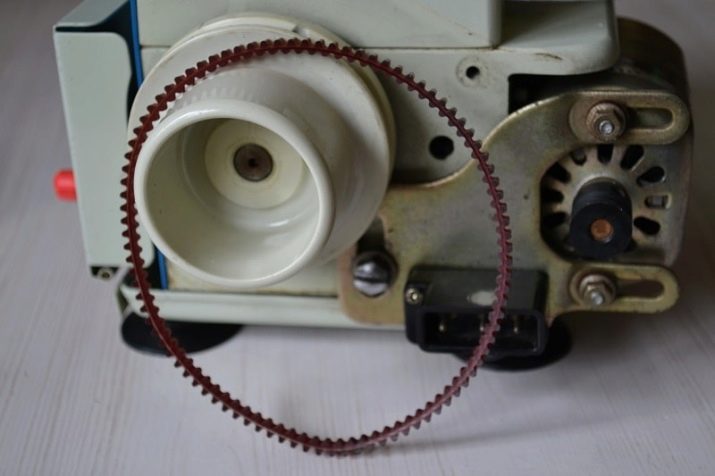
Almost all models are designed to adjust the length of stitches and their frequency. This adjustment is made by a special lever. From time to time, any overlock will have to be cleaned from tow and oil. At least 1 time in 30 days, the device must be lubricated with special engine oil.
It is impossible to carry out preventive repairs on your own.
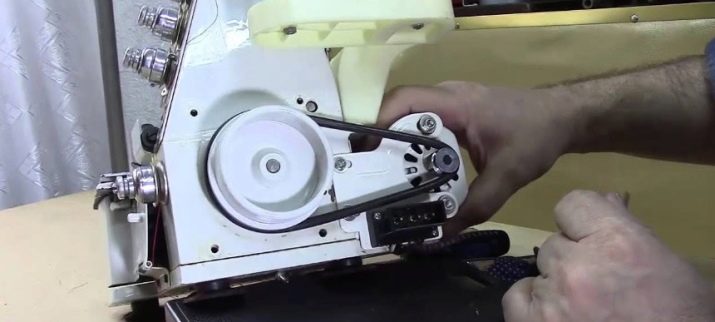
Firm instructions for the use of overlocks Prima 4M pays attention also to safety measures. In general, its requirements can be attributed to other models. It is absolutely necessary to provide power supply voltage of 220 V and a frequency of 50 Hz. Connection to 127 V networks is allowed only when using a step-up transformer.
Before starting, make sure that all protective covers are installed in standard places.
It is undesirable to let children in the overlock and allow it to be used as a toy. The instruction also prohibits leaving the device connected without adult control. Before cleaning and adding (replacing) grease, the overlock must be disconnected from the mains. The stitch can be adjusted left and right. If the thread is broken, reloading the looper is not required.
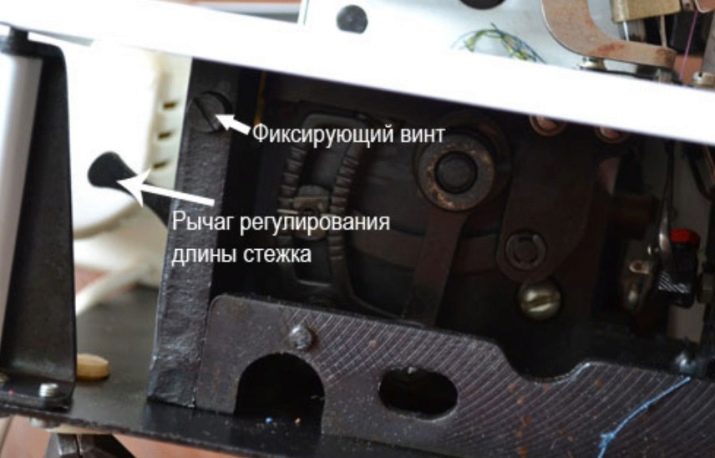
Before overcasting you need to check how well the line goes. As necessary, adjust the degree of pressure with the foot. For light materials, 80s needles are used. Using the 90th needle, you can process knitwear and costume fabrics, and for cloth and dense knitwear, you need to use needles No. 100. When sewing on thickened fabric:
- use only 100th needles;
- Sew relatively slowly (it’s even better to scroll the handwheel manually);
- Avoid pulling up the fabric with your hands;
- flash a maximum of 6 additions at a time.
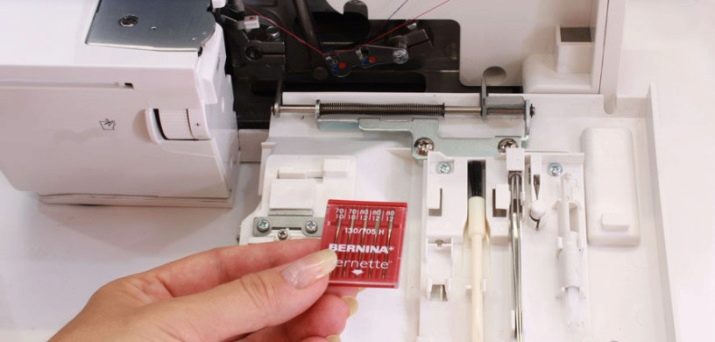
Changing needles is required strictly with the upper placement of the needle bar. The flat side of the needle is oriented from the operator. The groove of the needle is oriented towards it. The output of the teeth of the slats above the plate is reduced for fine materials, and for thick ones. After setting the required value, it is necessary to reattach the stop screw.
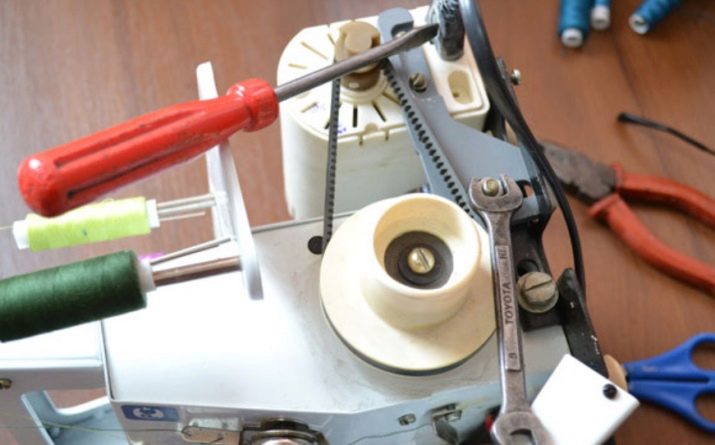
Reviews and selection tips
Owner reviews about Prima overlocks are contradictory. It is often noted that they are not suitable for working with subtle matters. In general, the devices work pretty well. But over time, crashes, looping stitches can begin. But you can sew on "native" needles with almost any thread and not encounter any noticeable vagaries. Nevertheless, overlocks of this brand can now be perceived only as a curiosity.
You need to know how to choose the current model of the sewing machine.
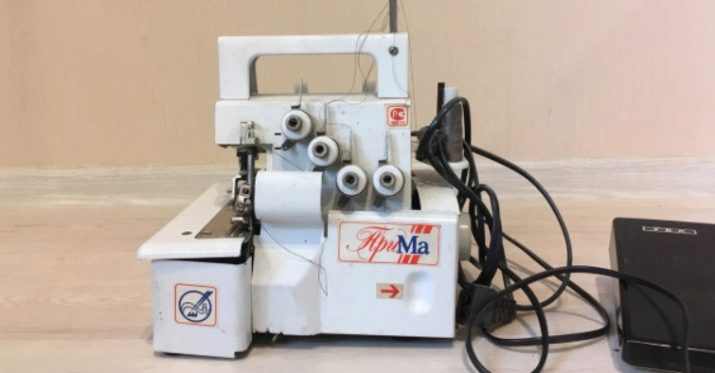
Home appliances are selected primarily for the number of operations performed. Chasing their diversity is not worth it, since it is still unlikely to need to make any particularly complex seams. But for the studio, even semi-professional, it is worth choosing models of class 51. If there is a differential rail, you can safely work with any knitwear.
Three-strand overlocks are taken when the main work will be performed with tulle and organza. If there is an option to adjust the stitch, the model is definitely better than unregulated - it has more flexible work.
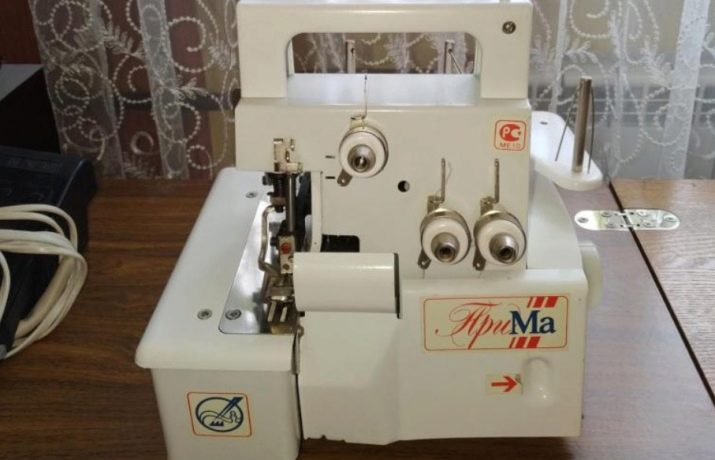
Of modern foreign brands deserve attention:
- Toyota
- Minerva;
- Bernina;
- Brother
- Janome.

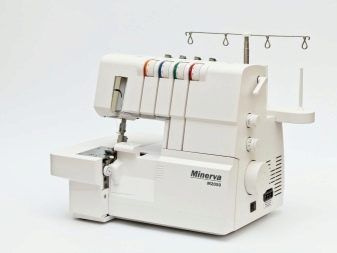
It is most convenient to work with dense matter on an overlock with two knives.
If you plan to sew and overcast fabrics of various thicknesses, a model with an adjustable foot lift is very convenient. Sometimes the package includes pads for fabrics of different densities. A variety of lines novice seamstresses can safely ignore, they need to get comfortable with at least simple tricks. And of course, you need to study relevant reviews.
In the next video, you can observe the process of processing the fabric on the Prima overlock.
